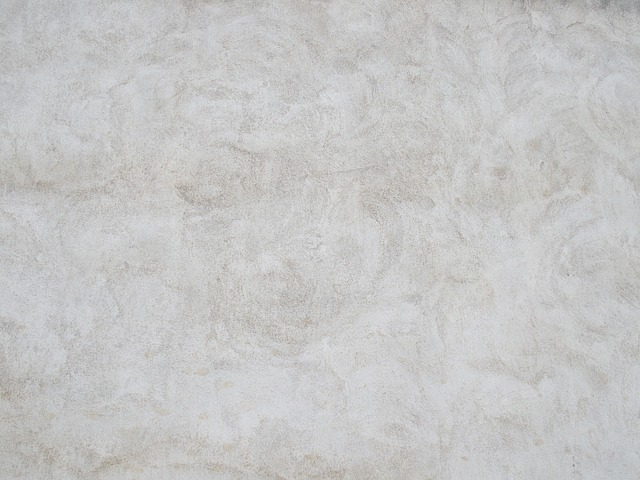
Installing a concrete sidewalk is a pivotal project for improving accessibility and enhancing the aesthetic appeal of urban and suburban landscapes. This process begins with meticulous planning and design, taking into account the intended pathway, the terrain, and necessary compliance with local building codes. Materials selection is essential, with concrete being favored for its durability, cost-effectiveness, and versatility. The installation involves several critical steps: site preparation, form building, mixing and pouring the concrete, and finishing techniques to ensure a smooth, durable surface. Weather conditions play a significant role in determining the timing and success of the pour. Proper curing of concrete is crucial for achieving optimal strength and longevity, necessitating knowledgeable handling and patience. By understanding these elements, builders and homeowners can effectively oversee the installation of a concrete sidewalk that is both functional and visually pleasing, providing a stable and safe pathway for pedestrians for years to come.
Concrete Sidewalk Installation
Concrete sidewalk installation is a crucial task that involves careful planning and execution to ensure longevity and safety. The process begins with selecting the right materials and tools, including concrete mix, forms, reinforcement materials, and finishing tools. It’s important to choose a high-quality concrete mix that suits the specific climate and expected foot traffic of the area. Before laying the concrete, thorough preparation of the site is required, which includes excavation, leveling, and compacting the ground to create a stable base. This foundational work is pivotal in preventing potential issues like cracking or sinking in the future.
After preparing the site, the next step is to set up the forms, which are temporary structures used to hold the concrete in place while it cures. Accurate formwork requires precision and attention to detail to maintain the desired shape and slope for water drainage, ensuring the sidewalk is both functional and compliant with local regulations. Reinforcement such as steel mesh or rebar can be added to the concrete to enhance its strength and durability, particularly in areas susceptible to heavy loads or extreme weather. This step also helps mitigate potential damage from freeze-thaw cycles common in colder climates.
Once the forms are securely in place, the concrete pouring begins, often requiring a team of well-coordinated workers to manage the sizeable volume and quick-setting nature of the material. Smooth and even pouring ensures a uniform surface; this is followed by careful screeding to compact and level the concrete. Finishing techniques, such as troweling and brooming, are applied to create a textured surface that enhances traction and aesthetic appeal. After finishing, the concrete requires adequate curing time, which is essential for achieving optimal strength and minimizing surface imperfections. Proper curing techniques, like keeping the surface moist and protected from extreme temperatures, help the sidewalk withstand the test of time and usage.